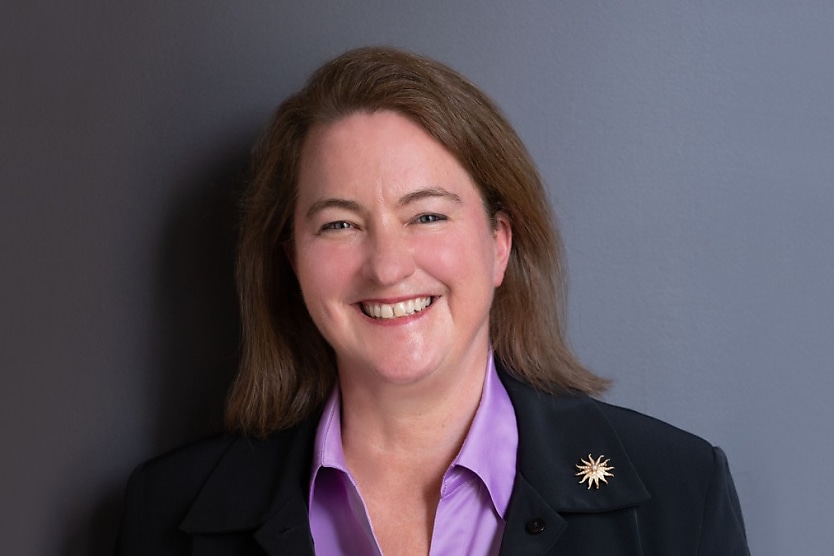WGEA report shows deliberate action needed to achieve gender equality in public sector
SHARE THIS ARTICLE

A new report released today (20 June) by the Workplace Gender Equality Agency (WGEA) provides the first comparable results of the gender pay gap and gender equality performance of the Commonwealth public sector, compared to Australia’s private sector.
The WGEA Commonwealth Public Sector Gender Equality Scorecard: Key Employer Results from 2022 has added another layer of accountability for employers going forward as the Australian workforce attempts to negate its gendered wage and treatment disparities.
Coined as a “scorecard”, it is the first of a new annual series that will publish the results from the Commonwealth public sector’s gender equality reporting to WGEA, against the six gender equality indicators (GEIs).
The six GEIs are as follows:
- Gender composition of the workforce.
- Gender composition of governing bodies of relevant employers.
- Equal remuneration between men and women.
- Availability and utility of employment terms, conditions and practices relating to flexible working arrangements for employees and to working arrangements supporting employees with family or caring responsibilities.
- Consultation with employees on issues concerning gender equality in the workplace.
- Sexual harassment, harassment on the grounds of sex or discrimination.
The report highlighted that, on average, women working in the federal public sector earn 86¢ for every dollar men earn. Along with this disparity, the total remuneration average gender pay gap equates to 13.5 per cent, resulting in a $19,000 dollar difference each year.
WGEA chief executive Mary Wooldridge said the scorecard sets a baseline to inform employer action and improvement to speed up their progress to reduce the gender pay gap, lamenting that deliberate action is the key to achieving positive change.
“A key message from this first Commonwealth public sector gender equality scorecard is that good policies alone do not translate into outcomes. Positive change takes thought and deliberate action,” Wooldridge said.
The public sector’s mid-point of their employer gender pay gaps was lower than the private sector, as 50 per cent of employers have a median total remuneration gender pay gap above 6.9 per cent compared to 9.1 per cent for the private sector.
Management positions in the public sector were also gender-balanced overall, with close to half (48 per cent) of all Commonwealth public sector employers having a gender-balanced management team (compared to 27 per cent in the private sector). Yet the largest difference is how it splits, with 21 per cent in the public sector having a men-dominated management team and 31 per cent having a women-dominated management team.
The improvements made in the public sector display the power of policy and show how the public sector is dedicated to changing the tide and evening the playing field. Although work is still needed in other areas, it shows that improvements can occur.
“The scorecard shows the commonwealth public sector has benefited from clearly articulated commitments and sector-wide reforms in areas the private sector finds difficult to change, such as gender balance in management positions.
“Commonwealth public sector employers are also taking actions to deliver flexibility that helps empower more women to take leadership roles and drives gender balance in key management positions,” Wooldridge said.
Yet, at the same time, other areas in the public sector are still lacking in terms of that dialled-in approach to achieving fair equality. Men are still 2.5 times more likely to be in the highest quartile (this compares to 1.9 times in the private sector), driven in part by highly paid non-manager roles in the professionals and trades sectors, which predominantly employ men.
Another issue was the fact that men only account for 11 per cent of universal or primary carer’s leave taken, displaying that damaging stereotypes may still reign supreme when it comes to parental responsibilities and care.
Policy will only get you so far, but on this subject, if it is paired with that deliberate action, it can create that real change that the government and the Australian workforce are striving for.
“But more does need to be done across all employers to continue to reduce the gender pay gap, including to combat stereotypes that deter men from taking parental leave and around women in non-manager roles,” Wooldridge said.
Kace O'Neill
Kace O'Neill is a Graduate Journalist for HR Leader. Kace studied Media Communications and Maori studies at the University of Otago, he has a passion for sports and storytelling.

